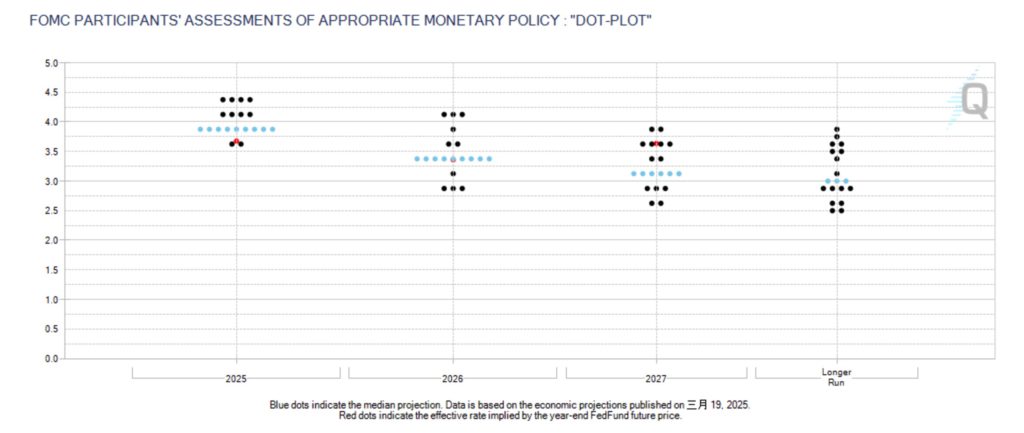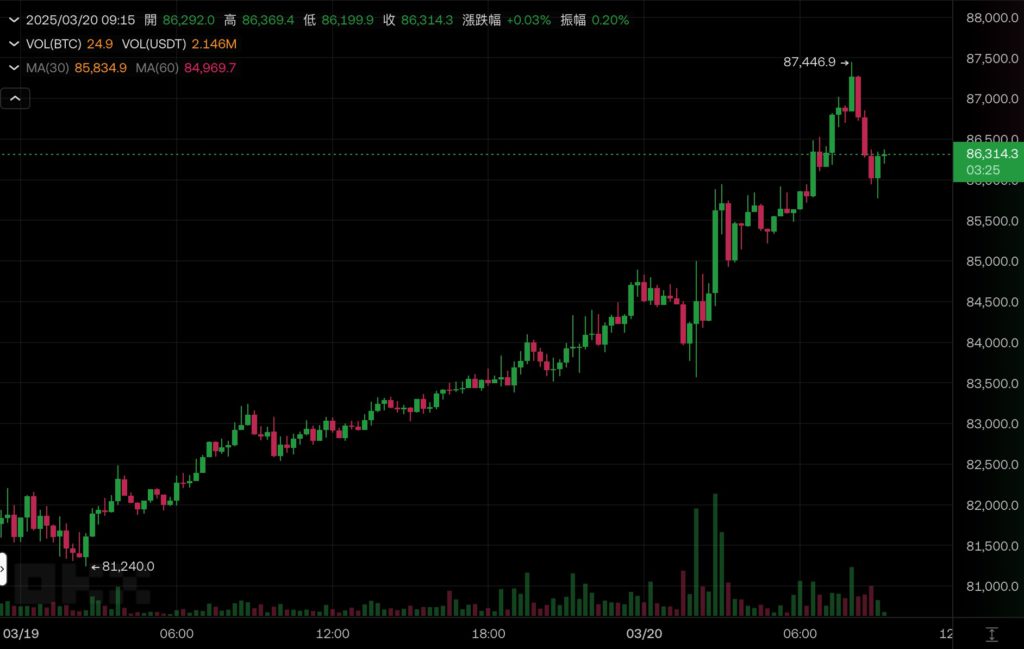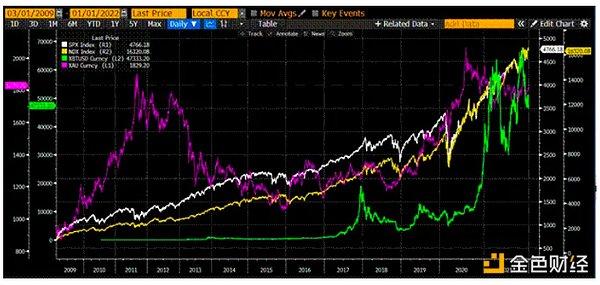The U.S. Federal Reserve (Fed) held its Federal Open Market Committee (FOMC) meeting this week. Chair Powell announced in this morning's (20th) press conference that the benchmark interest rate will remain unchanged at 4.25%-4.5%, as expected by the market. This meeting was held against the backdrop of economic uncertainty caused by President Trump's tariff policies.
Overall, the Fed has shown a cautious outlook on future economic growth, inflation, and monetary policy. Here are the six key points from Chair Powell's (Jerome Powell) press conference, combined with market reactions.
I. Dot Plot Forecasts Two Rate Cuts in 2025
Powell stated: The U.S. economy is overall strong, and the current monetary policy is in a "restrictive" state, which can both maintain high interest rates to curb inflation and ease when the labor market weakens or inflation declines faster than expected. He emphasized:
"If the economy remains strong, we are willing to maintain high interest rates for a longer period; if the labor market unexpectedly deteriorates or inflation falls faster than expected, we will also adjust flexibly."
The Fed's latest dot plot shows that officials expect two 25-basis-point rate cuts in 2025, consistent with the market's general expectations.
However, the divergence in views among the 19 voting members has significantly increased: 9 officials support two rate cuts, 4 believe no cuts should be made, 4 forecast one cut, and 2 expect three cuts. Compared to December 2022, the number of officials who believe no cuts should be made has increased from 1 to 4, while those forecasting more than 75 basis points of cuts have decreased from 2 to 0, indicating a weakening consensus on the direction of monetary policy.

II. Slowing Balance Sheet Reduction Starting in April, Signals Easing Policy
Helping market liquidity, Powell announced that the Fed will slow the pace of its balance sheet reduction (quantitative tightening, QT) starting in April, reducing the monthly cap on Treasury redemptions from $250 billion to $50 billion, while keeping the cap on agency debt and mortgage-backed securities at $350 billion. Since launching the balance sheet reduction in June 2022, the Fed has shrunk its assets by nearly $2 trillion. This adjustment is the first slowdown in QT since last June.
Powell stated that the slower balance sheet reduction means QT will take longer to implement, and mentioned that the market's reaction was positive the last time the Fed slowed it down. He pointed out that the reduction in the Treasury General Account (TGA) balance due to the federal debt ceiling issue was one of the reasons for the Fed's QT adjustment. This move is seen as a slight easing of the policy stance, which may benefit long-term borrowing costs and risk asset prices.
III. Economic Forecasts Revised Down, Inflation and Unemployment Rise
The Fed's updated economic projections show the core personal consumption expenditures (PCE) inflation rate at the end of 2025 has been revised up from 2.5% in December to 2.7%, above the 2% target; U.S. GDP growth rate has been revised down from 2.1% to 1.7%.
The unemployment rate is expected to rise slightly from 4.3% to 4.4%. The GDP forecasts for 2026 and 2027 have been revised down to 1.8% (from 2.0%) and 1.8% (from 1.9%) respectively, indicating a weakening long-term growth outlook.
Powell stated that the slowdown in economic growth and the rise in inflation partially offset each other, explaining the reason for maintaining the forecast of two rate cuts. He pointed out that there are signs of a slowdown in consumer spending after a rapid growth in the second half of 2024, and the Fed will closely monitor signs of weakness in the real economy.
However, despite rising recession expectations on Wall Street, Powell believes the likelihood of a severe recession remains low.
IV. Trump Tariff Risks Exacerbate Stagflation Concerns
Since taking office, Trump has repeatedly imposed tariffs on goods from Canada, Mexico, and China, and plans to implement reciprocal tariffs on major trading partners on April 2nd, causing global economic turmoil.
Powell acknowledged that a "large part" of the rise in inflation expectations is due to the impact of tariffs, and stated that the Fed will distinguish between "tariff inflation" and "non-tariff inflation" to more accurately assess the policy effects.
At the same time, he added that the major reforms of the new government in the four areas of trade, immigration, fiscal policy, and deregulation will profoundly impact the direction of economic and monetary policy. Tariffs may drive up import costs, further exacerbating inflationary pressures, while also suppressing exports and economic growth, posing the risk of "stagflation" (economic stagnation and inflation coexisting).
V. Bitcoin Breaks $87,000
After the Federal Reserve's statement was released, US tech stocks performed strongly, with Nvidia up 1.8% and Tesla soaring 4.7%... The Dow Jones Industrial Average closed up 0.92%, the S&P 500 rose 1.1%, and the Nasdaq gained 1.4%. The 2-year Treasury yield fell below 4%, and the 10-year Treasury yield fell for the third consecutive day to 4.24%.
Bitcoin continued its upward trend, reaching a high of $87,446 around 8 am this morning, and has since slightly retreated, currently trading at $86,313.

Although the resilience of the US economy remains, the market's reaction to the Federal Reserve's moderate stance is optimistic, but investors will still need to closely monitor the effects of tariffs and the development of economic indicators going forward.







